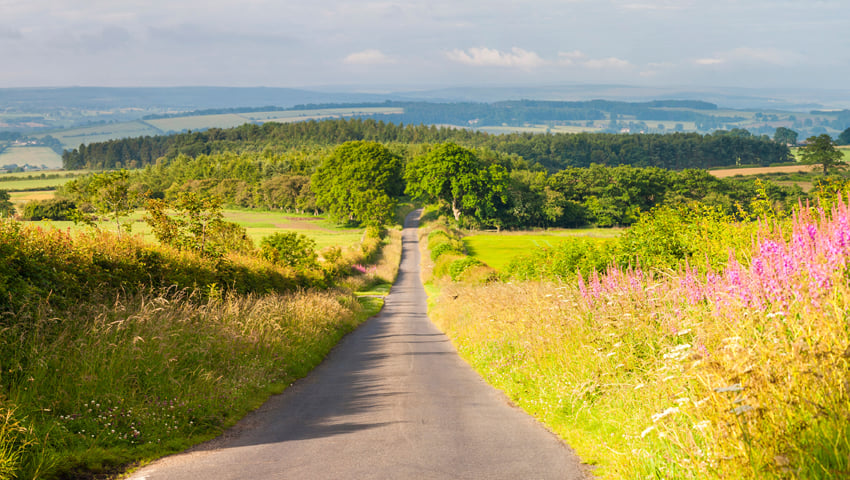Natural England says that the introduction of biodiversity net gain (BNG) this week will see the “biggest change to planning regulations in decades”.
This new law, as part of the government’s Environment Act, aims to ensure that wildlife habitats are left in a better state than before development, and in doing so make a significant contribution to nature’s recovery.
In November 2023, Defra published BNG guidance on Gov.uk to help local planning authorities, developers, landowners, and others prepare. Natural England says that this tells you everything you need to know now that BNG has become law.
The Biodiversity Gain Site Register will provide a publicly accessible source of information about off-site gains across England. Natural England is the ‘Register Operator’ on behalf of Defra. The Register is one part of the BNG Service which went live when BNG became mandatory on 12th February. The Service includes a collection of new digital and other services local planning authorities, developers, landowners, and others will need to be BNG compliant.
Natural England says that, “getting BNG ready has been a real team effort. We have worked closely with our stakeholders to develop, build, and test the guidance and digital services needed to help those affected comply with BNG once launched.
“More than 275 hours of user research has been carried out in the past 26 months. We have worked closely with over 580 stakeholders including local planning authorities, developers, landowners, ecologists, and others.
“We want to thank every stakeholder who has taken part. Their passion and willingness to share knowledge, expertise and most importantly their time has helped us develop better guidance and services for those who will need to use them from day one.”
The Gain Site Register enables:
- Landowners participating in off-site BNG to apply to register their site
- Developers to view unallocated off-site habitat enhancements
- Local planning authorities to view allocated and unallocated habitat enhancements as part of their checks on a submitted gain plan
- Others using the Register will include ecologists, non-governmental organisations, and the public.
Allocations
Landowners or developers (with landowner permission) can apply to record an allocation of habitat enhancements to their development.
Statutory biodiversity credits estimator
Developers can calculate the cost of statutory credits ahead of purchasing them.
Statutory biodiversity credit sales scheme
Developers can apply to purchase statutory credits. This will become a digital service in the spring of 2024.
Statutory biodiversity metric calculation tool
The Tool uses a habitat-based approach to assess an area’s value to wildlife and uses habitat features to calculate a biodiversity value. Find out more about the tool and how to download.
It provides details on how:
- Ecologists or developers can carry out a biodiversity assessment
- Developers who have commissioned a biodiversity assessment can see the number of biodiversity units a proposed development has and what needs to be done to achieve BNG
- Planning authorities can interpret metric outputs in a planning application
- Landowners or land managers who want to provide biodiversity units from their sites to others can understand the potential of their land
